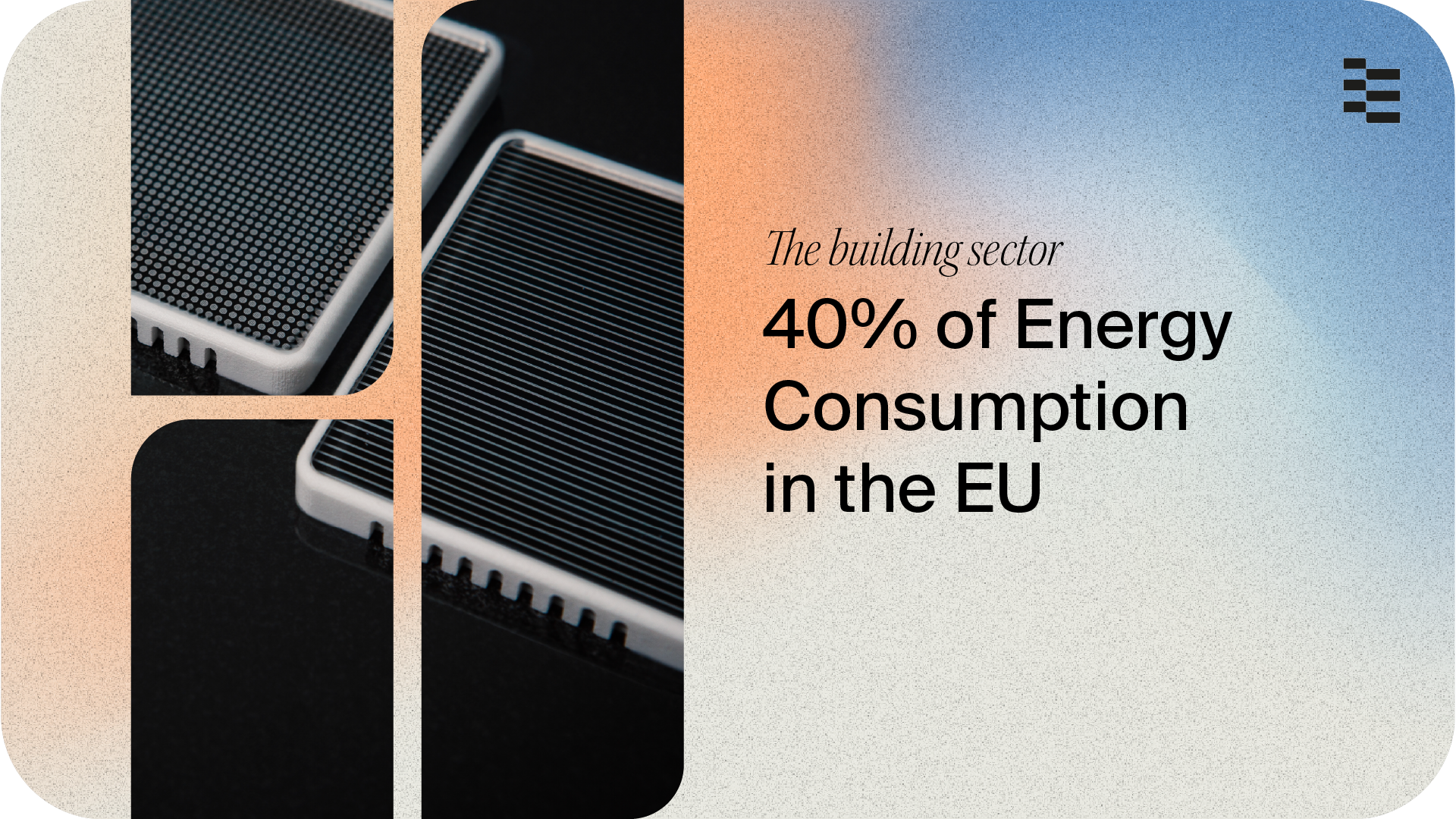
The Advantages of IoT-Driven Energy Efficiency in Buildings
In the European Union, the fact that 40% of energy consumption is attributed to buildings is not just a sustainability concern but also a significant economic issue, especially when approximately 75% of the EU's building stock is identified as energy inefficient. This inefficiency represents a large amount of wasted energy.
The advancement of Internet of Things (IoT) technology is emerging as a critical solution to this challenge, offering ways to create smarter and more energy-efficient buildings.
The Role of IoT in Energy Efficiency
IoT technology introduces a necessary approach to the future of building management. Through the deployment of sensors and smart devices within buildings, IoT enables real-time monitoring and control of energy usage. This capability is crucial for identifying inefficiencies and optimizing energy consumption, leading to substantial improvements in efficiency and significant cost savings.
However, a solution to one issue can create new ones instead, where the increasing need of data has caused higher maintenance costs linked to battery replacements and higher waste stream of disposable batteries. This is why the large-scale deployment of the IoT devices needs to be self-powered. The key to addressing this challenge lies in the development of self-powered IoT solutions.
Economic Benefits of Reducing Energy Consumption
The energy consumed by buildings within the EU, together with energy inefficiency, underscores the potential for economic savings through data collected by IoT technologies. Stakeholders in the property technology and facility management sectors are therefore encouraged to explore the potential of IoT solutions not just for their sustainability impact but for their capacity to drive significant cost savings.
As the industry moves forward, embracing innovation and collaboration is essential to realize the potential of energy-efficient buildings.